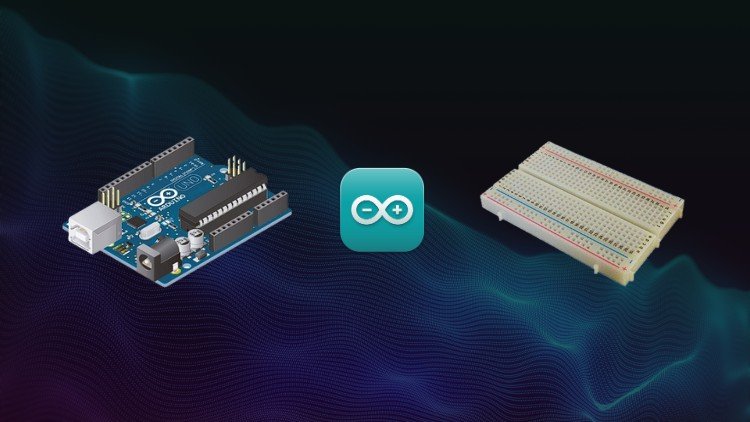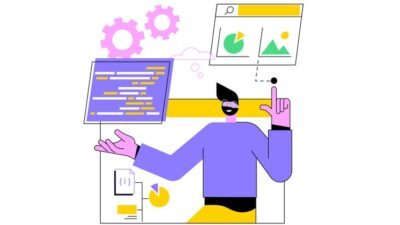If you’re interested in diving into the world of electronics, programming, and DIY projects, "Getting Started with Arduino and Breadboards" is a course that promises to equip you with essential skills and knowledge. Whether you’re a complete novice or someone with a bit of experience, this course guides you through the basics of Arduino and breadboarding in a fun and engaging way.
What you’ll learn
In this course, you’ll gain a solid foundation in several key areas related to Arduino and breadboarding. Here’s a breakdown of the main skills and technologies you can expect to master:
- Understanding Arduino: Get familiar with the Arduino platform, its components, and its programming language (Arduino C/C++).
- Breadboard Basics: Learn how to confidently use a breadboard, an essential tool for prototyping electronic circuits without soldering.
- Circuit Building: Develop skills to create simple circuits with LEDs, switches, and sensors—laying the groundwork for more complex projects.
- Programming Techniques: Discover how to write and upload your first programs to Arduino boards, along with an understanding of basic programming concepts.
- Troubleshooting: Gain insights into common pitfalls and learn effective troubleshooting techniques to debug your projects.
By the end of the course, you’ll feel comfortable working with Arduino and breadboards, giving you a solid springboard for further exploration in electronics and programming.
Requirements and course approach
This course is designed with beginners in mind, so no prior knowledge of programming or electronics is necessary. However, basic computer skills will help you navigate the online interface and complete exercises effectively.
The course adopts a hands-on approach, encouraging students to learn through practical application. With a mix of video lectures, coding exercises, and project demonstrations, you’ll find opportunities to apply what you’ve learned in real-world scenarios. The instructor breaks down complex topics into manageable segments, allowing you to absorb information at your own pace.
Additionally, the course provides downloadable materials and resources to reinforce learning, which is especially beneficial when you start your hands-on projects.
Who this course is for
"Getting Started with Arduino and Breadboards" is perfect for a broad audience, including:
- Absolute Beginners: If you’re completely new to electronics and programming, you’ll find this course welcoming and accessible.
- Hobbyists and DIY Enthusiasts: If you’re looking to explore new projects that involve electronics, this course gives you the necessary skills to start creating.
- Intermediate Learners: Those with some experience can also benefit, as the course reinforces foundational concepts and prepares you for more advanced projects.
- Educators: Teachers wanting to integrate Arduino into their curriculum can use the materials and insights here to develop engaging lessons.
No one is left behind in this course, making it an inclusive option for anyone interested in learning.
Outcomes and final thoughts
By the end of "Getting Started with Arduino and Breadboards," you can expect to have a functional understanding of Arduino programming and breadboarding. You’ll be ready to embark on your first DIY projects, whether that means lighting up an LED, building a simple sensor-based application, or even integrating other components like motors and displays.
Overall, this course is a fantastic entry point for anyone looking to immerse themselves in electronics and programming. With its friendly approach and practical focus, you’ll find yourself not only learning but also having fun along the way. If you’re looking to launch your journey into electronics, this course is highly recommended!




![Curso de Invertir en Ethereum Gratis desde Cero [2025] Curso de Invertir en Ethereum Gratis desde Cero [2025]](https://freewebcart.com/wp-content/uploads/2025/06/6677631_71b8_2-400x225.jpg)